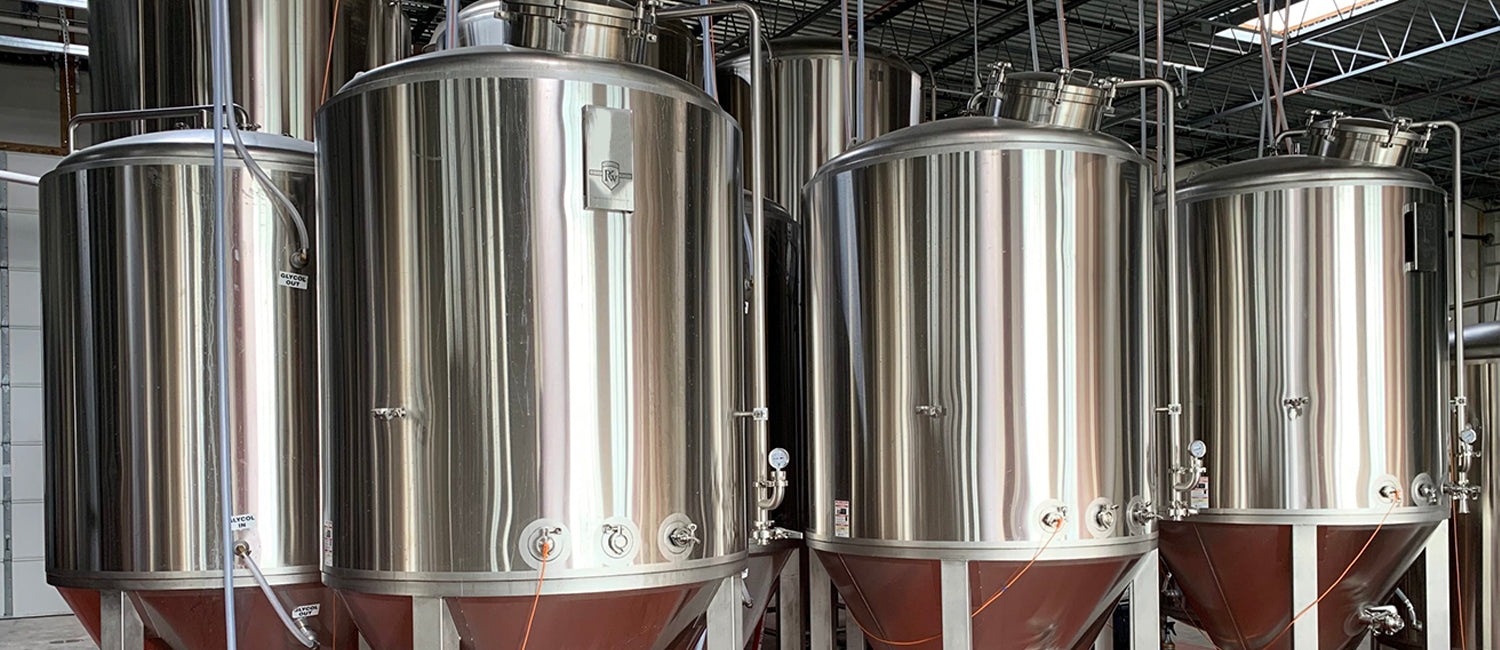Got a question you need answered? Get in touch!
Brewing questions? We can help, get in touch today!

Most new brewers see most of the difference in the final product they make as a reflection of how well they put the ingredients together or the choice of the ingredients themselves. Something that is commonly overlooked is the yeast Itself. There’s a common brewing saying that the brewer makes the wort and the yeast makes the beer. Not only can the choice of yeast strain have an impact on the final product but also the temperature that the yeast ferments at.
A general rule for fermenting temperatures is ales ferment between 18 and 22 celsius for best results and lagers ferment between 8 and 15 degrees celsius. Each strain of yeast is slightly different at the end of the day though so its always best to find out what temperature is ideal for your particular strain of yeast. To find out this information you have a few points of contact: the first would be our beer yeast guide, if your yeast is not on there then refer to the packet or even give us a call or shoot us a message.
Fermenting a beer at too high of a temperature can cause the yeast to go into overdrive. When this happens the yeast will produce a range of products that are not desirable in your final beers. These include fusel alcohols which will give the beer an ‘alcoholic’ flavour. (Think of the hot burn you get from a bottom shelf vodka.) Higher fermenting temperatures will also increase the production of esters by your yeast. Esters are another product that is seen as yeast character; these come in a range of flavours from clove to banana to spice. In general terms a ‘neutral’ strain of yeast fermented at too high of a temperature will produce esters that are not very nice to drink and hence fermenting at a sustained ideal temperature will make the final product much better. Some more niche strains such as those used to produce wheat beers, belgian styles and farmhouse beers will produce esters that are desirable for those particular styles, even when fermented warm. in this case it's ok to ferment on the warmer side to produce more yeast character in the final product.
Fermentation temperatures that are too cold for your particular yeast will slow down the yeast metabolism and make them less active. The effect this generally has on beers is that the yeast won’t be active enough to complete the fermentation. This can cause the yeast to ‘stall’ leaving you with a beer that is only half fermented and give your final product a sweet finish. If you are kegging your beers this isn’t the end of the world however if you are bottling your beer this can become a safety hazard. Since there is fermentable sugar left in solution your yeast may be able to consume it if they warm up. If this happens in bottles and extra priming sugar has been added then you can risk bottles exploding or your beer being over carbonated.
The most basic level of fermentation control is by manually checking the temperature of your brew a few times per day until it has finished fermenting. In the case that the fermenter gets too warm either sit frozen pet bottles next to the fermenter or wrap it in a cold, wet towel. If it gets too cold then insulate it with a warm blanket to retain more of the fermentation heat or sit hot water bottles next to it.
Our favourite way to regulate fermenting temperature is to find a second hand fridge for cheap or free. Then connect this to a temperature regulating system such as an inkbird temperature controller. Your fridge will plug into the temperature controller and when it reads your fermenter temperature as too hot it will drop the turn the fridge on and drop the temperature until it hits the level you set on your controller. This creates a steady state system that will keep your fermenter within a few degrees of your ideal fermenting temperature the whole way through and give you beers that are consistently great!
Other ways to control fermenting temperatures is to use a glycol system. Similar to how the fridge/inkbird system works a glycol chiller works by pumping extremely cold glycol through a jacket surrounding your fermenter. This option is generally a more cost prohibitive item as the glycol chiller and fermenting unit are a much bigger investment than a simple ink bird and fridge.
Leave a comment